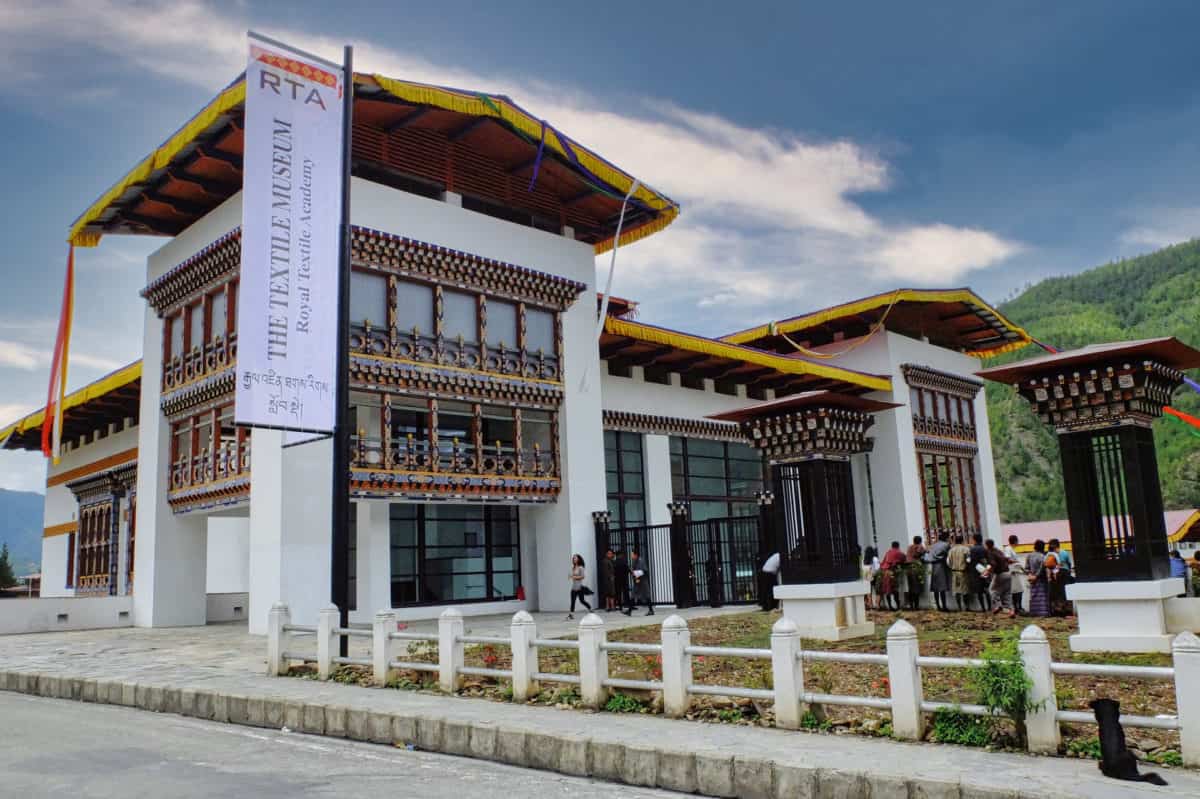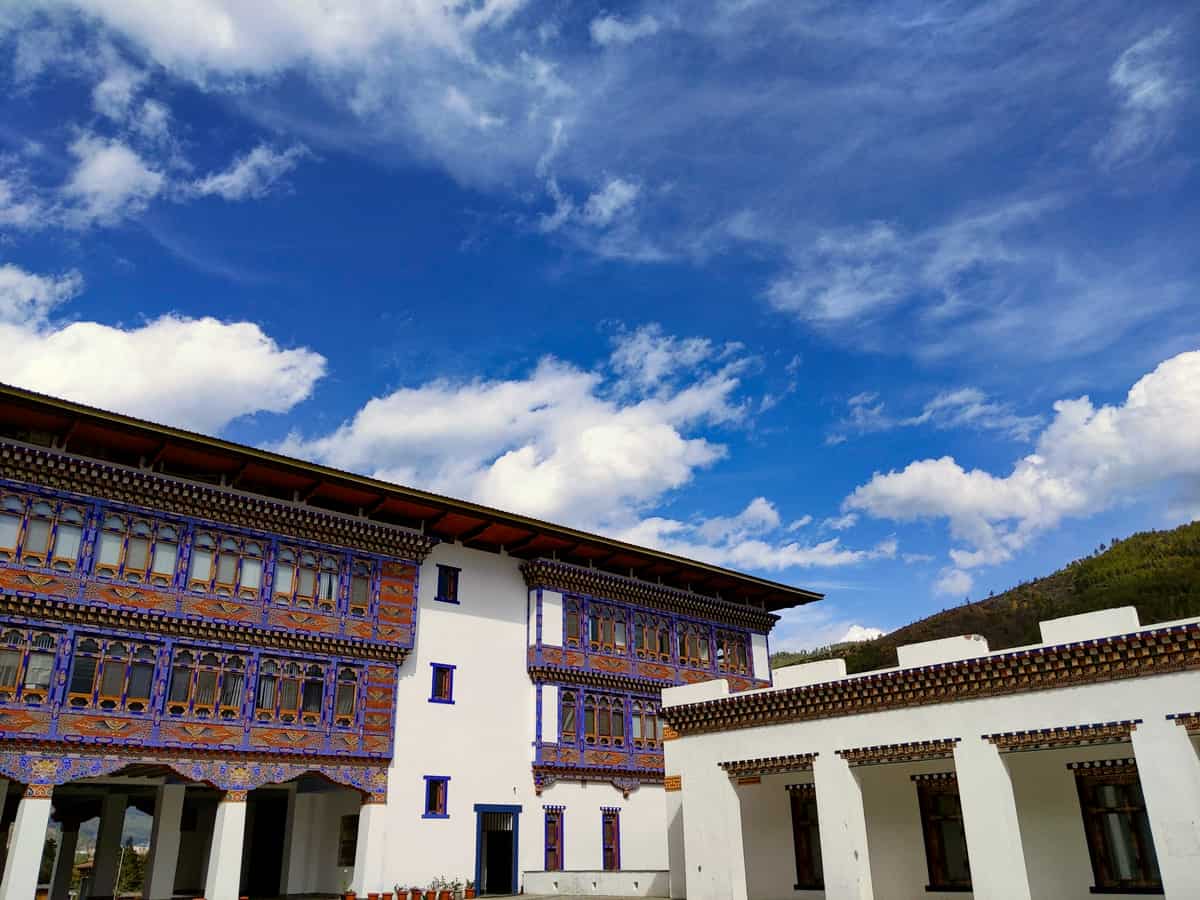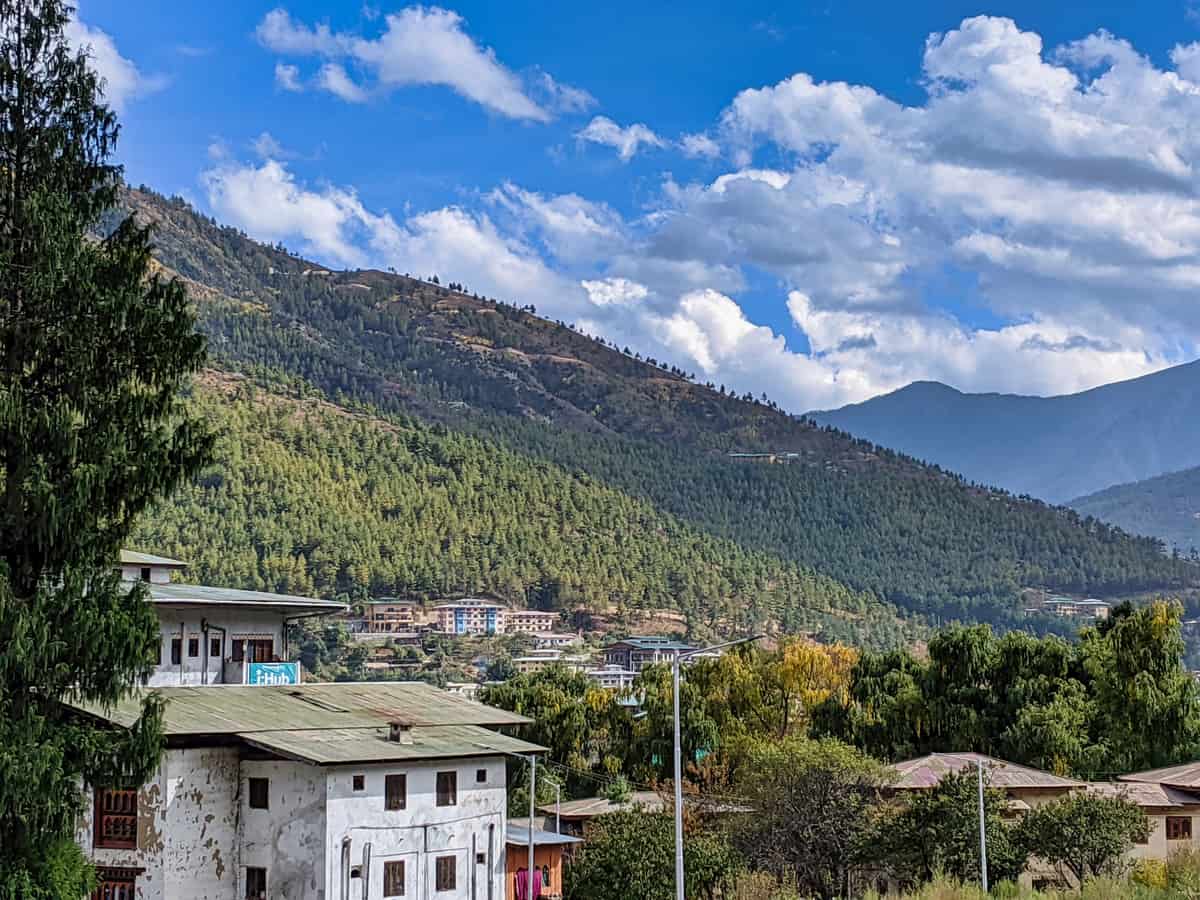Embrace Bhutan Cultural Tour
Thimphu | Bhutan
08 Nov 2019 | Fri
Day 02 of 13
Royal Textile Academy of Bhutan
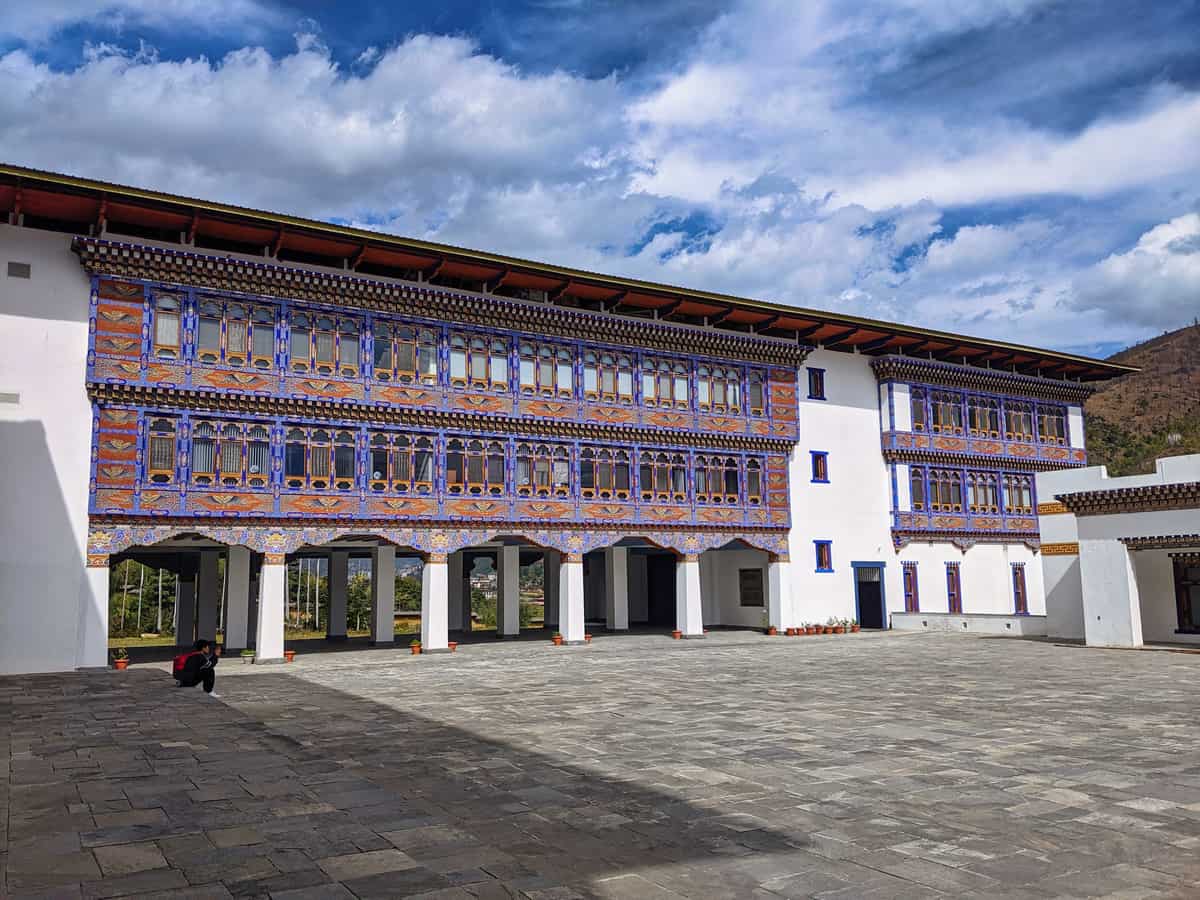
Impressive Academy & Museum
After our wonderful visit to Gross National Happiness (GNH) Centre (covered here), it was time to move on to The Royal Textile Academy of Bhutan.
Here’s a link to the official Royal Textile Academy website.
Academy’s Three Special Programs
Royal Textile Academy Thongdrol
As told by our guide Tashi Topden, the large embroidered mural/tapestry on display at the Royal Textile Academy of Bhutan is called a “Thongdrol”. The Royal Textile Academy commissioned the Thongdrol in 2015 to honor our 4th King’s legacy in commemoration of his 60th birth anniversary.
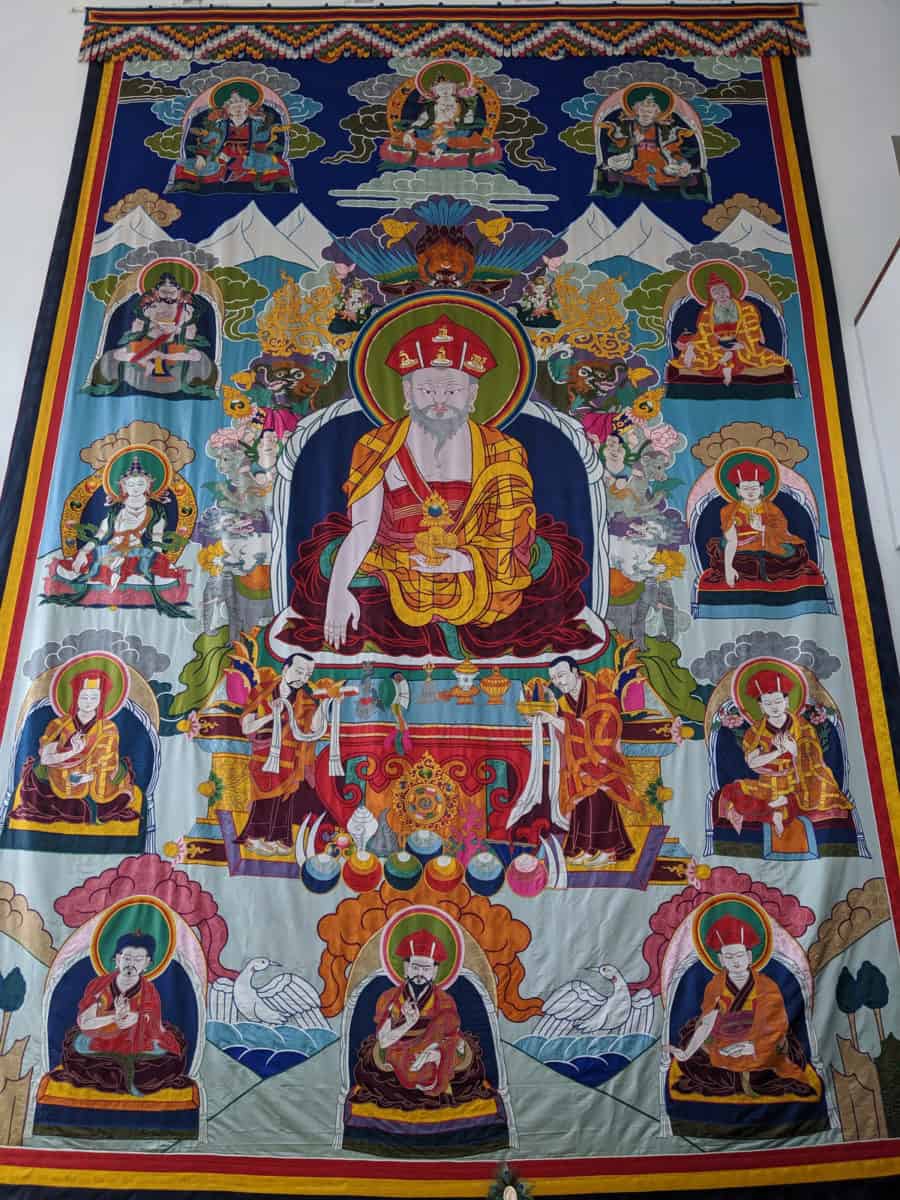
The Thongdrol stands 34 ft tall and runs 23 ft wide, is made of different types of silk and brocade, and features a series of Buddhist masters and Zhabdrung’s previous incarnations. Thus, the mural is called “Zhabdrung Phuensum Tshogpa Thongdrol”
Zhabdrung was the 17th-century Tibetan-born Drukpa Kagyu (Dragon school of Tibetan Buddhism). He came to Bhutan in 1616 and later unified Bhutan. His full name is Zhabdrung Ngawang Namgyel. In this mural, he is seated in the center in his red hat and long grey beard.
Significance of Bhutanese Thongdrols
Before getting started, it’s important that we first define the various terms that are used to describe the various aspects of a Thongdrol.
So based on these various terms, the Bhutanese Thongdrol is a form of “Applique Thangka” that has been passed down from the tradition of Tibetan Buddhism. It has also been stated that the general term of “Thongdrol” also means “liberation through sight or seeing”.
Paro Tsechu & Thongdrol of Guru Rinpoche
Impressive Textile Academy and Museum
We thoroughly enjoyed touring the Royal Textile Academy & Museum. It is an impressive facility that goes into great detail covering the entire history and culture of Bhutan’s unique textile art form. They offer a mixture of informative displays, video presentations, displayed artwork, traditional clothing, murals, woven pattern displays – all showing off Bhutan’s amazing gifted talents (intricate patterns, colorful dyeing, and weaving techniques)
I do not have a lot of photos from this visit as they do not allow photography inside The Royal Textile Academy & Museum. They did, however, have a wonderful gift shop to visit at the end of the tour that had various handmade items from different regions of the country.
More About Bhutanese Art
– from Wikipedia Bhutanese Art
Royal Textile Academy of Bhutan
